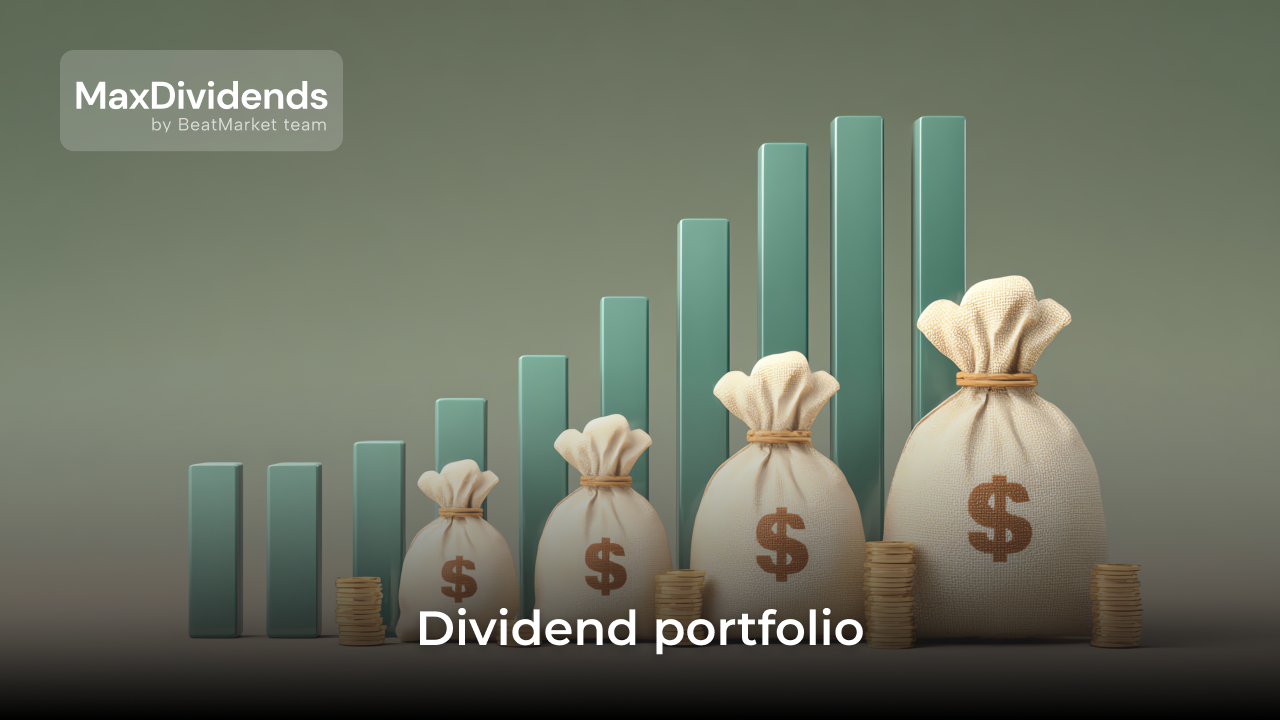Overweight stocks are stocks that in theory can generate greater returns to their owner than the broad market. Comparisons are usually made to some benchmark index or to competitors of the company in question.
In fact, this is a slang term used by financial analysts to denote assets recommended for purchase. The words accumulate, outperform, etc. are often used as synonyms. Let’s analyze on what basis stocks get an overweight rating and give an answer to the question whether it is worth relying on it when compiling a portfolio.
Table of Contents
Key Takeaways
The top things to know about overweight stocks:
- The phrase means that analysts highly estimate the prospects of the issuing company and expect growth of quotations. This is a bullish signal for traders.
- An investor should analyze the stocks recommended for purchase and their compliance with their strategy. For this purpose they pay attention to capitalization and other indicators.
- Analysts’ assessments can be used by anyone looking for the best companies for their portfolio. But when seeking to increase profitability, one should not forget about the diversification rules.
Understanding Overweight Stock Ratings
When analysts assign an overweight rating to a stock, they believe that the security will show satisfactory returns in the near term (more often six to twelve months). Such a conclusion can be drawn based on a number of factors. For example:
- excellent financial results of the company;
- investor interest in the issuer, which favours the quotations growth;
- positive news about the business, etc.
An overweight stock is by no means inevitably an undervalued stock. Such a status can also be given to a growth company. It is acceptable even for an overbought stock when an analyst believes that investors will remain interested despite the technical indicators.
It is vital to understand that the overweight stock rating is a subjective opinion of an expert. An investor may not know what investment horizon the analyst who assigned such a rating was focused on or what benchmark was compared to.
Equally, this designation is no longer a quantitative measure. One expert may consider a stock to be overweight if it will outperform the market by 25% in their opinion. For another, an expected outperformance of 15% or even 10% will be enough for the same assessment.
An important question is how reliable the analyst’s forecast can be considered. There are several factors to consider when answering this question:
- the experience of the expert;
- the reputation of the company they represent;
- the effectiveness of past forecasts.
But even the best stock exchange expert is hardly capable of predicting future results with 100% accuracy. Therefore, such ratings cannot serve as the only criterion for selecting stocks.
Overweight Rating Stock Systems
Most often, stock analysts tend to apply 2 rating systems. They are necessary to summarize recommendations on a particular security.
Three-Tier System
As the name suggests, a stock in this system can receive one of 3 grades:
- buy or overweight;
- hold or equal weight;
- sell or less weight.
Five-Tier System
This rating system includes 2 additional levels. It can be represented by the 5-point scale shown in the figure below.
If so, the overweight stock rating would correspond to a range from Hold to Strong Buy. All of these terms are ways of signaling that the company is expected to rise in price to some degree. Sell and Strong Sell signals, on the other hand, indicate that analysts expect the value of the asset to fall.
Impact of Overweight Stock on Investment
An overweight rating is a bullish signal for a stock. It indicates that investors should open a position in this company or increase its share in their portfolio.
However, a financial decision should never be made solely on the basis of such a rating. An investor needs to evaluate the experience of the expert who rated the stock. Even more important is to analyze the company’s performance.
Market Capitalization
Market capitalisation is the total value of all the company’s publicly traded stocks on the stock exchange. It is one of the most important indicators for an investor. It is correlated with the weight of components in the S&P 500 and some other popular market indices.
Exchange analysts take this parameter into account while rating stocks. Yet, small-capitalisation companies can also receive excessive weighting when they seem promising to experts.
Therefore, investors need to make sure for themselves that the stock recommended for purchase matches their strategy and risk tolerance. Large capitalisation companies are considered to be more reliable. Meanwhile, medium and small businesses can bring potentially higher returns, but the price to pay is higher risk.
Price Performance Research
Past performance is another criterion by which an investor should choose assets. By studying previous quotes with the help of technical analysis tools, it is possible to make a forecast on further movement of stock prices.
Stock exchange analysts also take into account the results of technical analysis when forming their ratings. But an investor cannot know exactly on which timeframes and with the help of which indicators the analysis was carried out.
Therefore, self-assessment of quotes is a must for people who are looking for the best assets and successful moments to enter a position. But it is also only one of the decision-making factors. Past price performance cannot be a guarantee of future performance.
Diversifying of Investment Portfolio with Overweight Stock
When an analyst assigns an overweight rating to a particular stock, they make no recommendation as to what percentage of capital is appropriate to invest in the stock. The investors have to make this decision entirely on their own.
But it is quite often implied that the comparison is made with overall market indices. Therefore, a recommendation to buy a stock can be interpreted as advice to increase its weight relative to the weight it has in the S&P 500.
This interpretation can lead to a strong bias in the investor’s portfolio in favour of certain companies. This risk is especially amplified when a person initially focuses on indices heavily weighted towards certain issuers. For example, from the perspective of increasing diversification, it would be wrong to invest in a fund on the S&P 500 and at the same time try to increase returns by purchasing Apple or Microsoft.
Therefore, it is important for a person building the strategy based on analyst ratings to pay special attention to diversification. For example, it can be conducted:
- By sector. A recommendation to buy can be given to a company from any sector of the economy, the investor’s task is to make sure that the portfolio covers at least a few of them.
- By capitalisation. Exchange analysts study the prospects not only of the largest issuers, but also of medium and small capitalisation companies.
- By country. Many U.S. investment firms assign ratings to foreign stocks as well. You can also rely on the opinions of European analysts.
Bottom Line (Benchmarking Thoughts)
Tracking peer reviews is just one way of selecting assets to build a portfolio. Even when several highly respected agencies believe a stock deserves an overweight rating, an investor must make an independent decision on whether to buy. To do so, both fundamental and technical indicators must be considered.
Ratings assigned by major investment firms always have good reasons. But before following the recommendations, an investor should understand what factors the expert has taken into account and what strategy is being targeted. It is also worth consulting your portfolio manager on the advisability of buying.
There are many services that offer investment recommendations. One of them is BeatMarket Scoring. Here companies are ranked from the point of view of their undervaluation and quotation growth potential. Information is published about several tens of thousands of representatives of the American stock market and other countries. Such diversity allows you to create a diversified portfolio, capable of yielding returns higher than the broad US market.
FAQ
Is an overweight stock good?
Yes. It’s a term stock analysts use when a stock is expected to outperform the broad market or its closest competitors in a sector.
Does overweight mean to buy or sell?
In its most common meaning, the term overweight stock means that it is a promising security and should be added to your holdings.
But sometimes the phrase is used in an alternative sense. In portfolio analysis, it can refer to a stock that is overweight and should be sold as part of a rebalancing exercise.
Is overweight bullish or bearish?
When stock analysts believe that the stock deserves an overweight rating, it is bullish for the quotations. Primarily, such estimation has fundamental and technical grounds. Secondly, it increases investors’ interest in this security.
Is outperform better than overweight?
It is common to hear analysts’ estimates that outperform and overweight are synonyms. Both terms are popular slang among investors. They mean that a stock is expected to grow in price ahead of the broad market’s performance.






